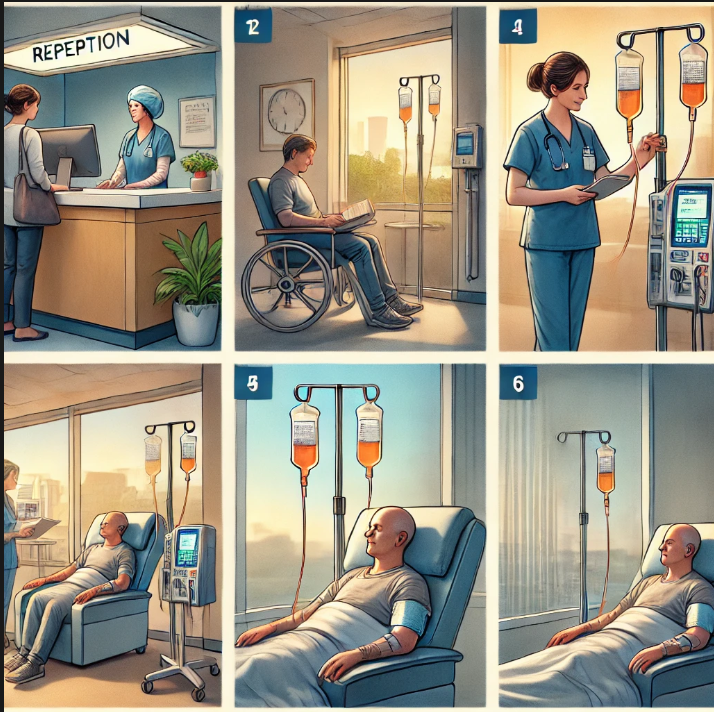The Role of AI in Patient Education: Balancing Potential and Limitations
Artificial intelligence (AI) is revolutionizing healthcare, offering new avenues to enhance patient education. From chatbots providing instant information to AI-generated educational materials, these tools promise to improve patient understanding and engagement. However, as with any innovation, there are limitations to consider. To effectively leverage AI for patient education, it is critical to address its constraints while tailoring educational tools to meet diverse patient needs.
Understanding the Limits: GPT-4 and Beyond
Large language models like GPT-4.0 have demonstrated remarkable capabilities in generating text-based information. Yet, when it comes to creating images or videos—particularly those required for medical procedures or pharmaceutical education—current AI models fall short. According to a study in Scientific Reports (source), AI-generated visuals often lack the precision and complexity required to convey intricate medical concepts. For example, while a language model can explain the steps of a surgical procedure in text, it cannot reliably produce a visual representation that meets the stringent standards of accuracy necessary for medical training or patient education.
The above is an image generated by GPT 4.0 after asking it to outline the steps of a chemotherapy infusion treatment with detail.
This limitation underscores the importance of supplementing AI-generated content with expertly crafted visuals, particularly in areas where precision is paramount. Collaboration between AI developers and medical professionals could bridge this gap, ensuring that AI tools remain useful without compromising on quality.
The Power of Video Modeling in Patient Education
One promising avenue for patient education is video modeling. Videos provide a dynamic and engaging way to convey complex information, allowing patients to visualize procedures, understand medication usage, and prepare for treatments. Research published in the Journal of Advanced Nursing (source) highlights the efficacy of video-based learning. In the study, patients who viewed educational videos retained more information and demonstrated greater confidence in following medical instructions than those who received traditional verbal or written guidance.
Video modeling can also cater to different learning styles. For instance, visual learners may benefit significantly from seeing a demonstration, while auditory learners can gain insights through accompanying narrations. By integrating AI to create personalized video recommendations, healthcare providers can ensure that patients receive tailored educational content that aligns with their preferences and needs.
The Challenge of Tailoring Education to Patient Retention
Despite the potential of tools like AI and video modeling, predicting the best educational format for individual patients remains a challenge. A study in PLOS One (source) emphasizes the variability in how patients process and retain information. Factors such as literacy levels, cultural background, and emotional state can all influence a patient's ability to understand and recall medical advice.
AI algorithms have the potential to analyze these factors and recommend personalized educational approaches. However, the data required to make these predictions often involves sensitive personal information, raising ethical concerns about privacy and consent. Striking a balance between personalization and ethical considerations is crucial for ensuring equitable and effective patient education.
Bridging the Gap: A Versatile Approach to Patient Education
To overcome these challenges, the healthcare industry must adopt a versatile approach that combines the strengths of AI with human expertise. For example:
Hybrid Models: Pair AI-generated text with high-quality visuals and video demonstrations to deliver comprehensive educational content.
Patient-Centered Design: Develop tools that allow patients to choose their preferred learning formats, whether through videos, infographics, or interactive modules.
Continuous Feedback: Use AI to gather patient feedback on educational materials and refine them over time, ensuring they remain relevant and effective.
By addressing the limitations of AI and embracing a multimodal approach, healthcare providers can create educational tools that empower patients, improve health outcomes, and build trust in technology.
Conclusion
AI holds immense potential to transform patient education, but its current limitations must be acknowledged and addressed. By integrating video modeling, tailoring education to individual needs, and prioritizing accuracy and ethical considerations, the healthcare industry can harness AI to deliver impactful and versatile educational experiences. As technology evolves, so too will our ability to meet patients where they are—ensuring that everyone has access to the information they need to take charge of their health.


